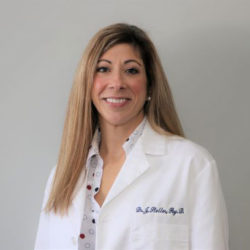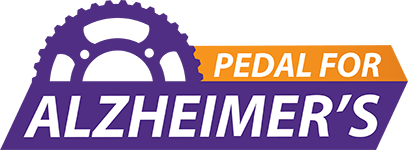“I am Thankful for…” from the Eyes of Those Living with Dementia
“Hey, how you doin,’ You’re lookin’ good!” said Fred*, a resident with dementia who lives at a Skilled Nursing Facility. He greeted us like this every morning and was thankful when we conversed with him often about his family and our families. He showed us by bumping fists with us afterwards.
Juana, an Assisted Living Memory Care resident, always said, “Help me, help me” in Spanish. Then, she calmed, with a beautiful smile on her face, when we draped her with her favorite blanket that kept her warm and smelled like her late husband. She appeared to feel blessed.
Seeing Roberta glow when we put on the pearl necklace her mother once gave her. She would feel the pearls between her fingertips. She didn’t have to say anything because the absence of her repeating “do I look good?; what should I be doing;…” stopped. You can tell she felt grateful for the support around her, at least that is what we observed.
Betty, a loved one of Rosemarie, who was taking care of Betty and wanting assistance from us, just wanted to cook. So, when she began to mix her food together, spilling a little here and there, we sat down with her and “cooked” with her. We laughed, told stories, and exchanged recipes. Then, we ate a bit of what we made. It was quite tasty, if I do say so myself. She said, “Thank you for coming to my cooking class. I look forward to seeing you next week.”
Wouldn’t it be amazing if those living with dementia could just articulate what they are thankful for or what makes them happy and calm?… Well, they don’t need to. We need to…meaning, we need to be able to use our eyes and ears and deductive reasoning to try to understand what the person is experiencing. We have to adjust, not them. When we adjust, then they can live in their new world, free from negativity, judgments and controls.
So, we, as caregivers, can simply observe their facial expressions and body language. Does mom appear to be experiencing positive or negative feelings? If her facial expressions and body language seem to indicate she is not happy, then you should engage her with positive sensory stimuli. If mom seems happy, well then you found a new tool for your toolbox that you can use in the future to help her. And if you already know mom’s fav music, food, activities and so on, those are more tools to proactively put in your toolbox to help promote a positive environment with positive stimuli to help prevent negative feelings and behavioral expressions.
Therefore, what would make your loved one or residents thankful, happy and calm this Thanksgiving holiday? Those will be your tools to help calm them, lift their spirits, and encourage their independence. Welcome to the newest empirically-validated approach: Dementia Connection Model©.
The Dementia Connection Model is a cognitive-behavioral framework that takes into account how the person living with dementia is progressing through their disease (regressing towards an earlier developmental age, i.e., retrogenesis), focusing on what we know works well with advancing dementia – sensory stimulation. When a person with dementia is stimulated using their senses, that information is processed either directly or indirectly in the limbic system of their brain that houses the amygdala (feelings) and hippocampus (memories). Therefore, positive stimuli should be used to promote positive feelings and memories, this then promotes positive behavioral expressions. And when the caregiver is the one providing these positive experiences, the person with dementia will either connect or re-connect with them because they like how they feel with that person.
The key to this connection is to consistently (i.e., structured, daily) provide these positive experiences in order to reinforce the connection and skills to maintain their highest level of independence for as long as possible (also called habilitation).
All-in-all, using the Dementia Connection Model can truly help you, as the caregiver, observe, figure out, engage and connect. Whether for your loved one or residents in your care, knowing this can help you accept what is going on and feel empowered and confident with your ability to do this. Use this model this holiday season.
For more information on the Dementia Connection Model and much more, go to www.DementiaConnectionInstitute.org. To receive training on the Dementia Connection Model and become certified, for both family and professional caregivers, go to https://www.dementiaconnectioninstitute.org/certification-programs.
Listen to Dr. Jennifer Stelter on the Bridge the Gap Podcast Ep. 225.
*All names have been changed for confidentiality purposes.




